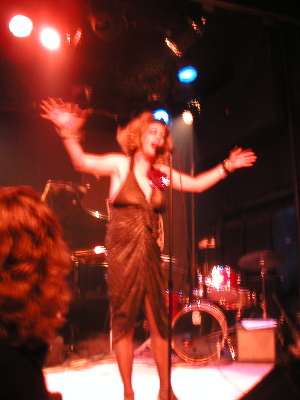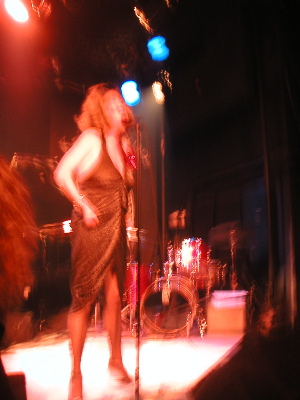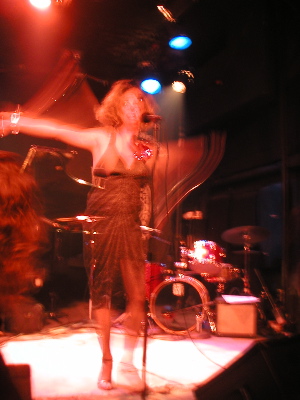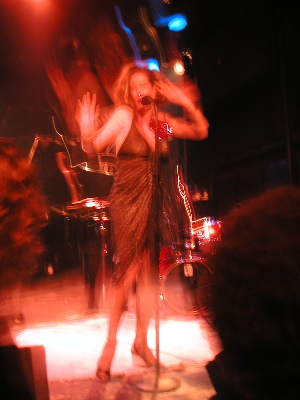New York is prett much the nation's capital, if not the capital of the world, in many ways, but until 212 years ago it was in actual fact the political capital of the new nation.
Now they're all coming back, but thankfully, only for a day.
Congress [remember Congress?] will be meeting in New York on Friday for the first time since 1790, when George Washington was president and New York was the capital of the young United States.
Appropriately enough, the session will be held in Federal Hall, located on the site of the original Federal Hall, which served as the temporary home of the House and Senate for two years in the 18th century. The building had been New Yorks City Hall, but was on temporary loan to Congress. It was also the site where Washington was inaugurated on April 30, 1789.
All the major players lived nearby: Washington on Cherry Street and later at 39 Broadway; Treasury Secretary Alexander Hamilton on Wall Street and Secretary of State Thomas Jefferson on Maiden Lane. John and Abigail Adams were up in SoHo, on an estate called Richmond Hill.
New York didnt have a very long run as the capital, however. There was a lot of resentment toward New York as a money-grubbing, immoral and "too British" city [sorry, chaps]. Jefferson called it "a cloacina of all the depravities of human nature."
In the end, such sentiments were not the reason our fair city was abandoned for a healthier home in a Maryland swamp. The move turned on issues of big money and regional rivalries.
John Adams' wife, bless her heart, although not a New Yorker herself, seems to have understood this city better than some of her contemporaries.
It was Abigail Adams who said it best though: She loved Richmond Hill and while she was fine with moving to Philadelphia, [temporary capital while the D.C. was being built] she understood that "when all is done, it will not be Broadway."




